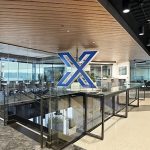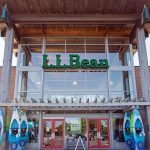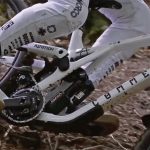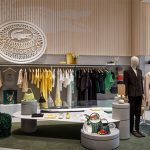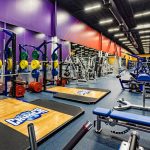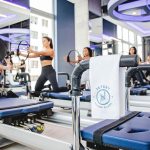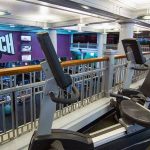Billabong International Limited reported that earnings slid 9.2% in Australian dollar terms to A$160.2 million ($134.6 mm) in its fiscal year ended June 30 from A$176.4 million ($148.2 mm) in the prior year.
Group sales revenue of A$1.67 billion ($1.4 bn) represented a 23.9% increase on the prior year, or a 9.1% increase in constant currency terms. The sales growth was amplified by acquisitions and the translation benefit from the relative weakness in the Australian dollar, primarily against the USD and Euro, throughout much of the financial year.
The company's brands include Billabong, Element, Von Zipper, Honolua Surf Company, Kustom, Palmers Surf, Nixon, Xcel, Tigerlily, Sector 9 and DaKine..
After inclusion of a non-cash impairment charge on retail assets of A$7.4 million ($6.2 mm) after taxes, reported net profit was A$152.8 million ($128.4 mm).
In mid-May 2009, the company forecast a reported operating NPAT in the range of A$160 million ($134.3 mm) to A$165 million ($138.6 mm), with the forecast being based on monthly average exchange rates in May and June of 75 cents for the AUD/USD and 55 cents for the AUD/Euro. The rapid appreciation in the AUD against the USD and, to some extent the AUD against the Euro, in the period following the provision of the revised forecast in mid May reduced reported operating NPAT from A$163.1 million ($134.0 mm) to A$160.2 million ($134.5 mm) before impairment charges.
The result translates into earnings per share of 72.6 cents per share before impairment charges (down 11.2% from 81.8 cents per share) or 69.2 cents per share with the inclusion of impairment charges (down 15.4%), with the reduction reflecting the reduced profit result and a rise in the weighted average number of shares on issue following the recent equity raising and the introduction of the dividend reinvestment plan during the financial year.
Gross profit margins of 53.2% (54.9% previously) remained strong, with the easing primarily reflecting the impact of the tougher economic environment in the United States.
Group EBITDA of A$284.8 million ($239.1 mm) eased 2.4% (down 13.9% in constant currency terms), while EBITDA margins reduced to 17.1% (from 21.7%), primarily reflecting the impact of challenging trading conditions, in particular in the United States, combined with an increased contribution from lower margin territories and acquired brands.
Billabong International Limited chief executive officer Derek O'Neill said the result reflected the swift and unprecedented economic slowdown that impacted global economies.
“Given the lack of retailer confidence, the steep slowdown in consumer spending in various global economies and the extreme volatility in exchange rates, the company has emerged in remarkably good shape,” said O'Neill.
“Highlights for the company included the protection of brand equity as demonstrated by the preservation of gross profit margins, revenues surpassing the A$1.5 billion ($1.26 bn) milestone for the first time, higher cashflow from operating activities with inventory under control and a strong balance sheet with a conservative gearing ratio of 16%, so I feel we are ready to participate in any recovery.”
On a regional basis, reported sales in the Americas lifted 34.9% (up 12.1% in constant currency terms) to A$836.8 million ($702.6 mm), primarily reflecting a nine-month contribution from the acquisition of DaKine.
Europe remained a standout performer, with reported sales lifting 23.4% to A$388.0 million ($325.7 mm) (up 9.3% in constant currency terms).
Reported sales in Australasia were also higher, lifting 7.6% (or 3.9% in constant currency terms) to A$444.3 million ($373.0 mm), principally driven by strong growth in Asia and Japan.
O'Neill said the Group was approaching the 2009-10 financial year “with conservative expectations as it is difficult to build a potential recovery in retailer demand and consumer spending into the Group's forecasts.”
In the absence of any further unforeseen, exceptional circumstances impacting the global boardsports market, the Group is forecasting reported NPAT to be flat for the 2009-10 financial year compared to the prior year. This is based on actual monthly average exchange rates for the month of July 2009 and an assumption of August exchange rates as the monthly average exchange rate for the remainder of the 2009-10 financial year, in particular a AUD/USD rate of 83 cents and a AUD/Euro rate of 58 cents. The forecast represents constant currency NPAT growth of approximately 5% when excluding the impairment charge from the prior year, or NPAT growth of approximately 10% when including the impairment charge from the prior year.
Directors declared a final ordinary dividend of 18 cents per share, franked to 50%. This takes the full year dividend to 45 cents per share, representing a full year payout ratio of 63.7% of NPAT, excluding the impairment charge.


